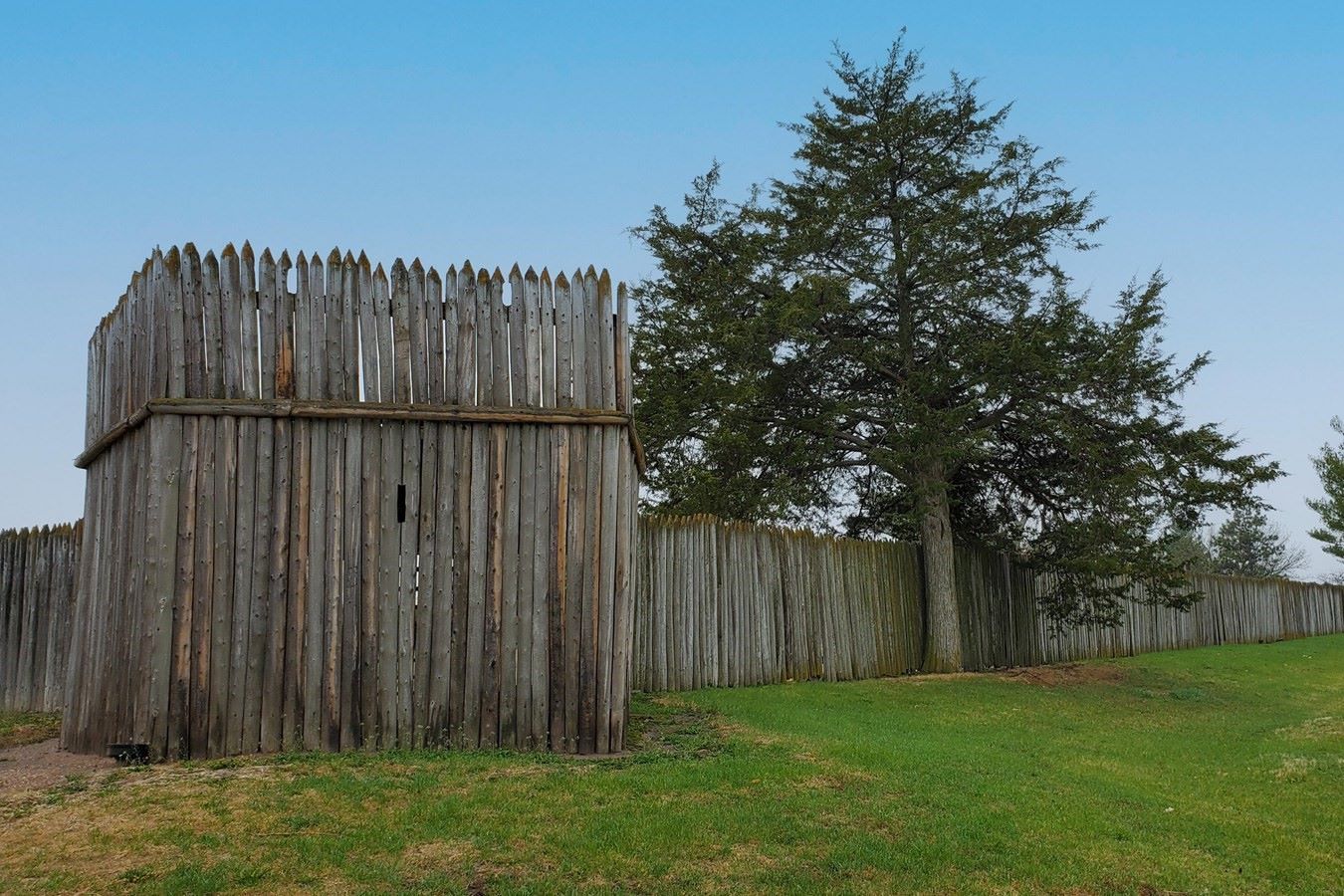Lost Trading Posts Of Nebraska’s Fort Kearny

Have you ever wondered about the hidden stories of Fort Kearny in Nebraska? This historic site, once a bustling hub for pioneers, holds secrets of the past waiting to be uncovered. Established in 1848, Fort Kearny served as a vital stop for travelers heading west. It was more than just a military post; it was a place where traders, settlers, and Native Americans crossed paths. Imagine the lively trading posts that dotted the landscape, offering goods and tales from distant lands. Today, visitors can walk through history, exploring the remnants of this once-thriving community. From the whispers of old trading deals to the echoes of wagon wheels, Fort Kearny invites you to step back in time. Whether you're a history buff or just curious, this site offers a glimpse into the past that shaped the American frontier. Ready to learn more about this fascinating piece of history?
The Historical Significance of Fort Kearny
Fort Kearny, a key military outpost in the mid-1800s, played a vital role in the westward expansion of the United States. Located in Nebraska, it served as a protective haven for pioneers traveling along the Oregon Trail. While the fort itself is a well-known historical site, the trading posts that once surrounded it have largely faded into obscurity. These trading posts were bustling centers of commerce and culture, offering goods and services to travelers and locals alike. Let's uncover some of these lost trading posts and their stories.
1. Dobytown: The Rowdy Frontier Hub
Dobytown, just a few miles from Fort Kearny, was a lively settlement known for its saloons and shops. It was a place where soldiers, pioneers, and traders gathered to exchange goods and stories. The town's name came from the adobe buildings that lined its streets. Though Dobytown thrived during the height of the Oregon Trail, it eventually dwindled as the railroad expanded westward.
2. Kearney City: The Short-Lived Rival
Kearney City aimed to rival Fort Kearny as a commercial center. Established in the 1850s, it quickly grew with businesses catering to travelers. However, its success was short-lived. When the Union Pacific Railroad chose a different route, Kearney City lost its strategic importance and gradually faded away, leaving behind only memories of its bustling days.
3. Nebraska City: The Gateway to the West
Nebraska City, located along the Missouri River, was a crucial supply point for those heading west. It boasted numerous trading posts that provided essential goods for pioneers. The city's strategic location made it a hub for riverboat traffic, further boosting its economy. Today, Nebraska City is known for its rich history and beautiful orchards, but its past as a trading post town remains a fascinating chapter.
4. Plum Creek: The Hidden Gem
Plum Creek, a lesser-known trading post, was nestled along the Platte River. It served as a stopover for travelers seeking rest and supplies. The creek's serene surroundings offered a peaceful respite from the arduous journey. Though Plum Creek never achieved the fame of larger trading posts, its role in supporting westward expansion was significant.
5. Fort McPherson: The Military Outpost with a Twist
Fort McPherson, another military installation, also had a bustling trading post nearby. This post catered to soldiers and settlers, providing everything from food to clothing. The fort's strategic location made it a key player in protecting the frontier. While Fort McPherson is remembered for its military history, the trading post that once thrived there is a testament to the interconnectedness of commerce and defense.
6. Grand Island: The Island Oasis
Grand Island, situated in the Platte River, was a vital stop for pioneers. Its trading posts offered a wide range of goods, from tools to textiles. The island's fertile land made it an ideal location for agriculture, attracting settlers and traders alike. Today, Grand Island is a thriving city, but its origins as a trading post remain an integral part of its identity.
7. Fort Sidney: The Last Frontier
Fort Sidney, located in western Nebraska, was one of the last military outposts established during the westward expansion. Its trading post served soldiers and settlers, providing essential supplies in a remote region. As the frontier moved further west, Fort Sidney's importance waned, but its trading post left a lasting legacy in the stories of those who passed through.
Reflecting on Fort Kearny's Trading Posts
Fort Kearny's trading posts hold a special place in Nebraska's history. These posts were more than just places to trade goods; they were vital hubs for pioneers and Native Americans. The exchange of goods and stories at these posts helped shape the region's culture and economy. Today, while the physical structures may be gone, their legacy lives on through historical records and local lore. Exploring these stories offers a glimpse into the challenges and triumphs of those who lived during that era. For history buffs and curious travelers, learning about these trading posts provides a deeper understanding of Nebraska's past. Whether you're visiting a museum or reading about these sites, the lost trading posts of Fort Kearny continue to inspire and educate. They remind us of the rich tapestry of human experiences that have shaped our world.

